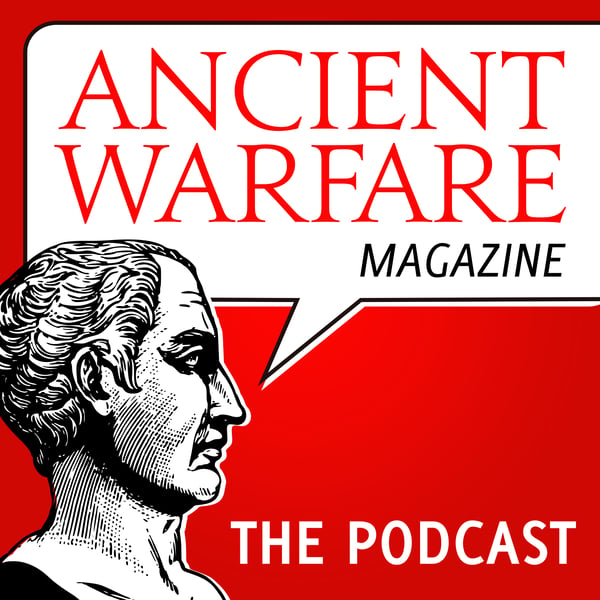Cavalry in the Ancient World
Ancient Warfare Podcast
The History Network
4.4 • 631 Ratings
🗓️ 8 February 2013
⏱️ 51 minutes
🧾️ Download transcript
Summary
True cavalry with men mounted on horse back started to appear from the 9th century BC, as chariots were slowly replaced. Imposing they were used in shock charges, their rapid movement made them ideal for reconnoissance, screening an army and for chasing down the enemy. Though despite there usefulness they only remained a small part of a Mediterranean army, comprising of perhaps only some 10% of the total numbers. In the late Roman empire period cavalry drawn from Northern Europe became more prevalent.
The expense of the horse and equipment often made it the province of aristocrats, creating at times divisions in social and political status between that of the infantry and cavalry.
In this episode Jasper, Josho, Murray, Lindsay and Michael consider questions of the tactical roll of the cavalry, the logistics of providing for the cavalry and their weapons and equipment, and the social status of the cavalry and use of "Barbarians".
Dur: 50min
Transcript
Click on a timestamp to play from that location
| 0:00.0 | Welcome to the Ancient Warfare Magazine podcast produced by the History Network. If you have any |
| 0:06.4 | comments or ideas, email editor at ancient-warfare.com. And for other discussions, check out the |
| 0:15.4 | ancient warfare forum, which you can find a link to at www.w.com. You can also find all the History Network |
| 0:26.5 | podcasts by going to www.thehistorynetwork.org. All right everybody, welcome back to another |
| 0:36.2 | ancient warfare magazine podcast. |
| 0:39.0 | Today we're going to discuss cavalry in the ancient world, issue 6.3. |
| 0:44.7 | And with me, as always, are Michael Taylor, Murray, Dom, Lindsay Powell, and Joshua Browers. |
| 0:51.4 | Hi, everybody. |
| 0:52.6 | Hello. |
| 0:53.1 | Hello. |
| 0:54.1 | Michael, I believe, as always, you have a short introduction for us. Man has... and Joshua Bowers. Hi, everybody. Hello. Hello. |
| 0:57.3 | Michael, I believe, as always, you have a short introduction for us. |
| 1:02.3 | Man has been using equids for warfare for some time. |
| 1:06.4 | However, true cavalry, with the warrior riding mounted on horseback, |
| 1:09.0 | required some improvement in equine genetics, |
| 1:12.5 | which was not achieved until the 9th century BC or so when horsemen begin to replace charioters. And this process actually lasted all the way up |
| 1:17.6 | until the first century AD when war chariots were still in use in Britain. Now, horses are an |
| 1:24.0 | imposing war platform, and they can be intimidating in their own right, as evidenced by |
| 1:28.6 | the last surviving role of quote-unquote cavalry in the modern world, namely for crowd control |
| 1:33.5 | by urban police forces. |
| 1:36.0 | Ancient horsemen did not employ the stirrup, although it is unclear to what extent the lack |
| 1:39.9 | of stirrups impacted the effectiveness of ancient writers. |
... |
Please login to see the full transcript.
Disclaimer: The podcast and artwork embedded on this page are from The History Network, and are the property of its owner and not affiliated with or endorsed by Tapesearch.
Generated transcripts are the property of The History Network and are distributed freely under the Fair Use doctrine. Transcripts generated by Tapesearch are not guaranteed to be accurate.
Copyright © Tapesearch 2025.

